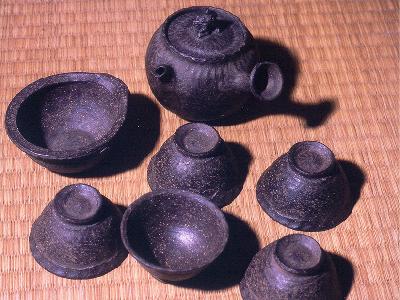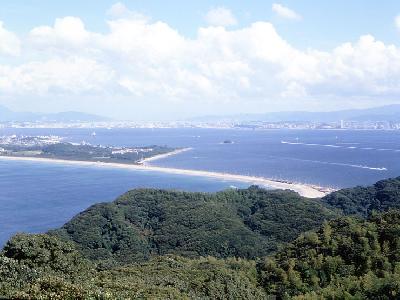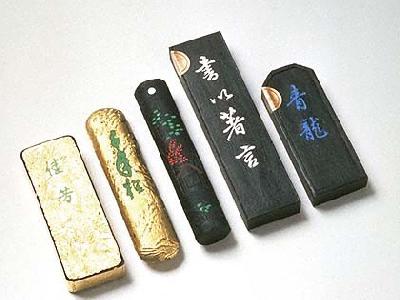|
Yokkaichi Banko Ware is a traditional handicraft made in the city of Yokkaichi, Mie Prefecture.
The name 'Banko Ware' derives from the mid-Edo period when the great merchant Nunami Rouzan placed his seal on the pottery with the words 'Bankofueki'. Because he was interested in the tea ceremony and in ceramics, the seal expressed his wish that his works would last forever.
The production of Banko Ware was suspended for a while after Rouzan's death, but started up once again in the late-Edo period. Today's Banko Ware in Yokkaichi is modeled on the early Meiji type of this ware and is produced following the techniques of that time.
The Yokkaichi Banko Ware kilns continue to produce distinctive ceramics that correspond to current trends. Some 70% of the earthen pots made in Japan are produced here at Yokkaichi. The place is also famous for producing teapots.
Yokkaichi Banko Ware is the representative local industry of Yokkaichi, and the craft has strong connections with the lives of the people. In 1979, Yokkaichi Banko Ware was designated as a traditional craftwork.
The name 'Banko Ware' derives from the mid-Edo period when the great merchant Nunami Rouzan placed his seal on the pottery with the words 'Bankofueki'. Because he was interested in the tea ceremony and in ceramics, the seal expressed his wish that his works would last forever.
The production of Banko Ware was suspended for a while after Rouzan's death, but started up once again in the late-Edo period. Today's Banko Ware in Yokkaichi is modeled on the early Meiji type of this ware and is produced following the techniques of that time.
The Yokkaichi Banko Ware kilns continue to produce distinctive ceramics that correspond to current trends. Some 70% of the earthen pots made in Japan are produced here at Yokkaichi. The place is also famous for producing teapots.
Yokkaichi Banko Ware is the representative local industry of Yokkaichi, and the craft has strong connections with the lives of the people. In 1979, Yokkaichi Banko Ware was designated as a traditional craftwork.
| [+ADDRESS] | 
|














